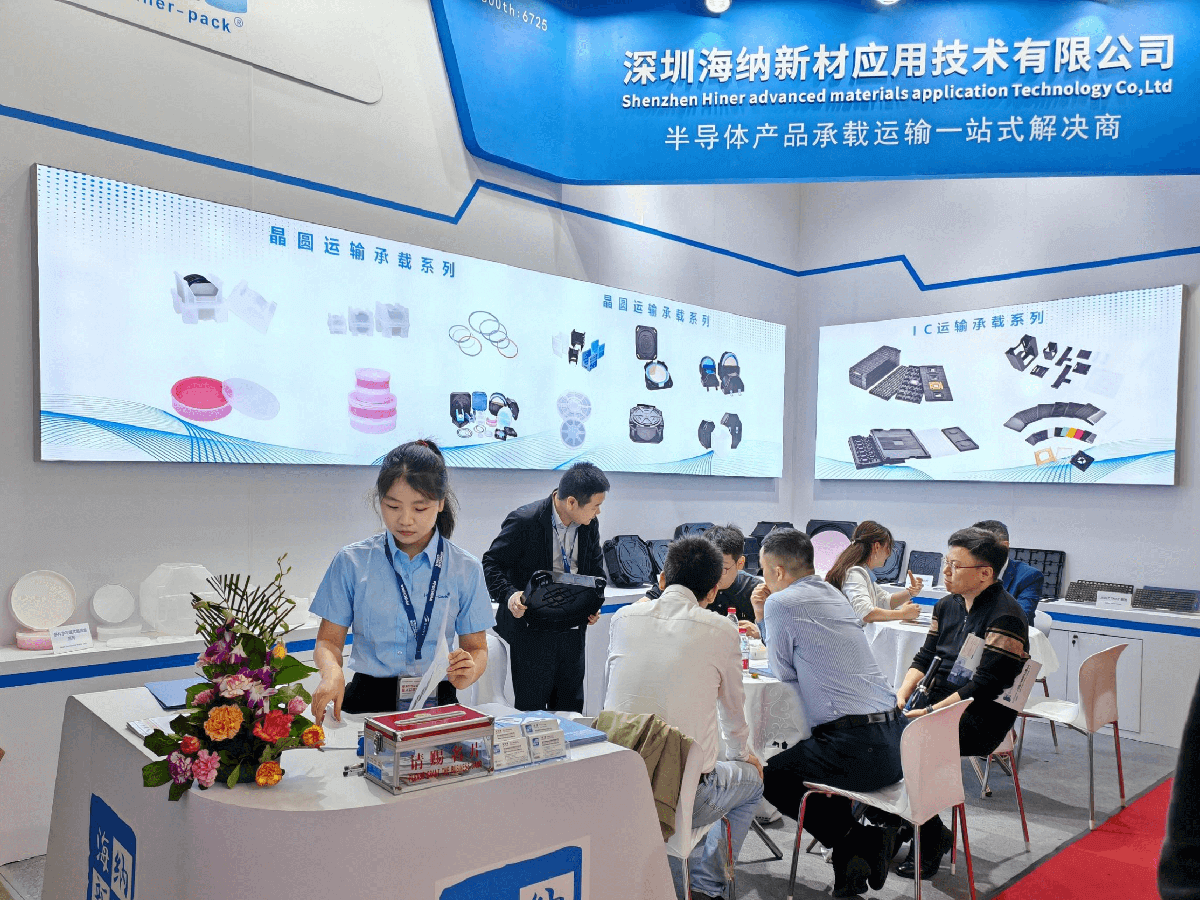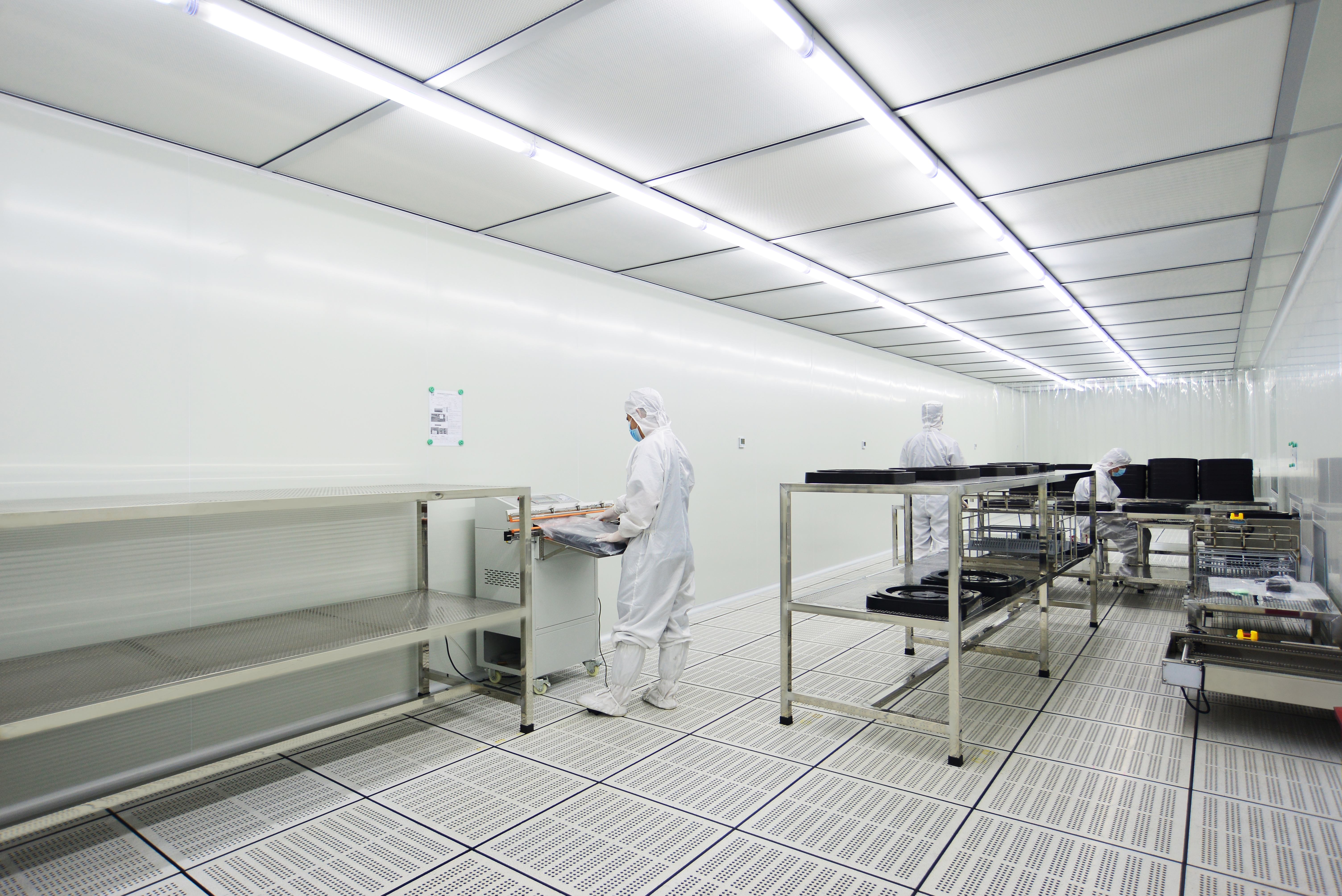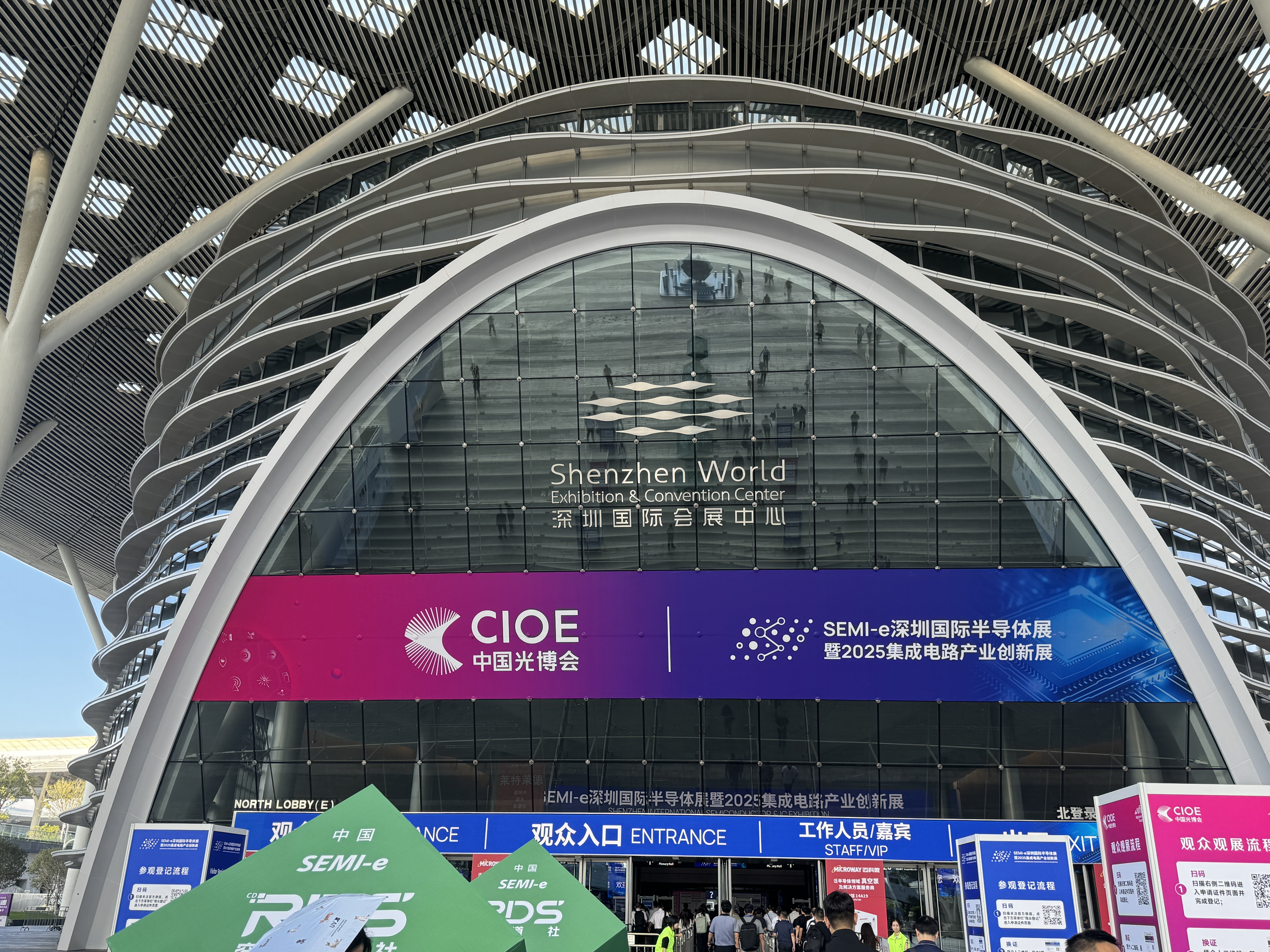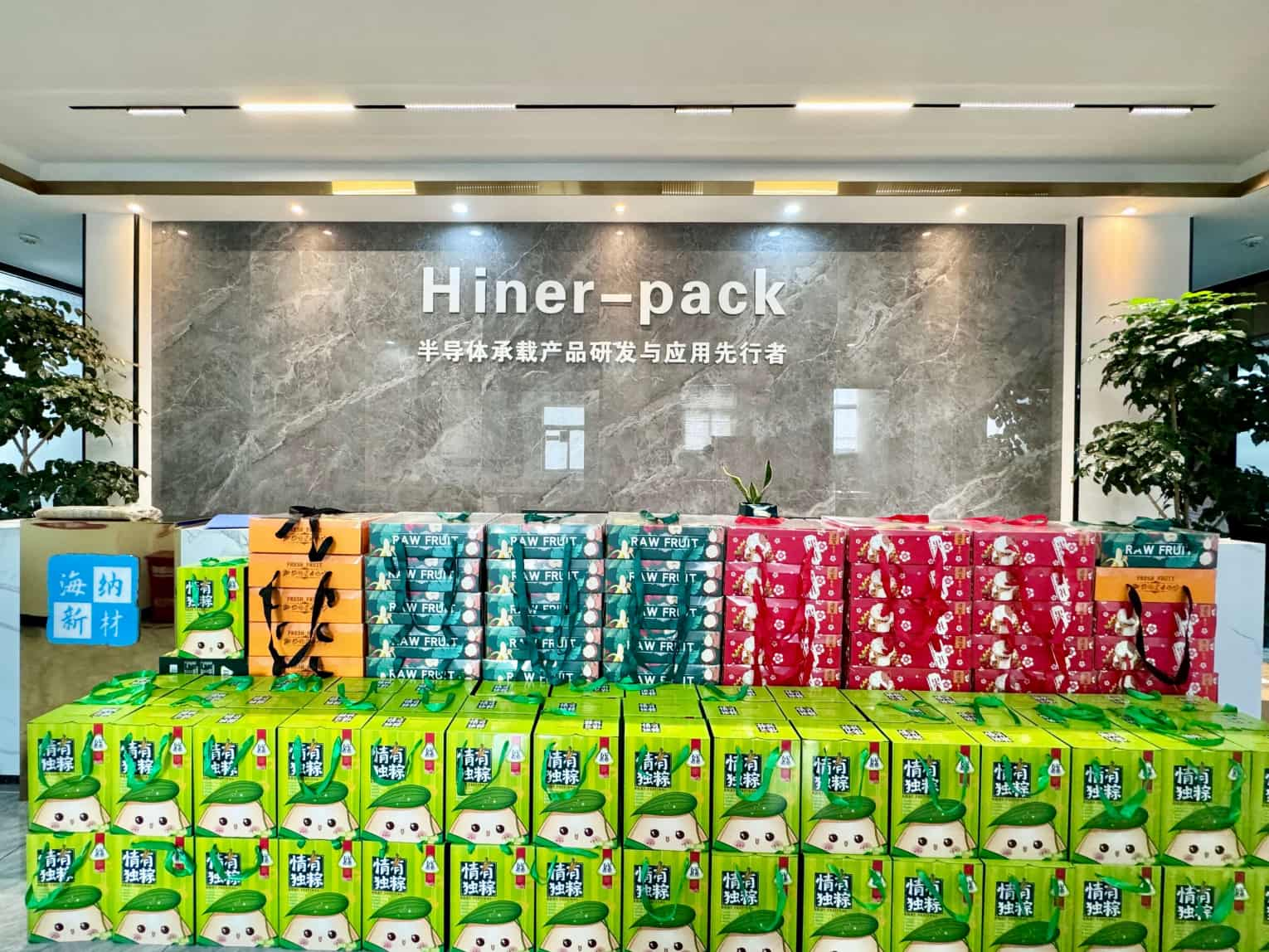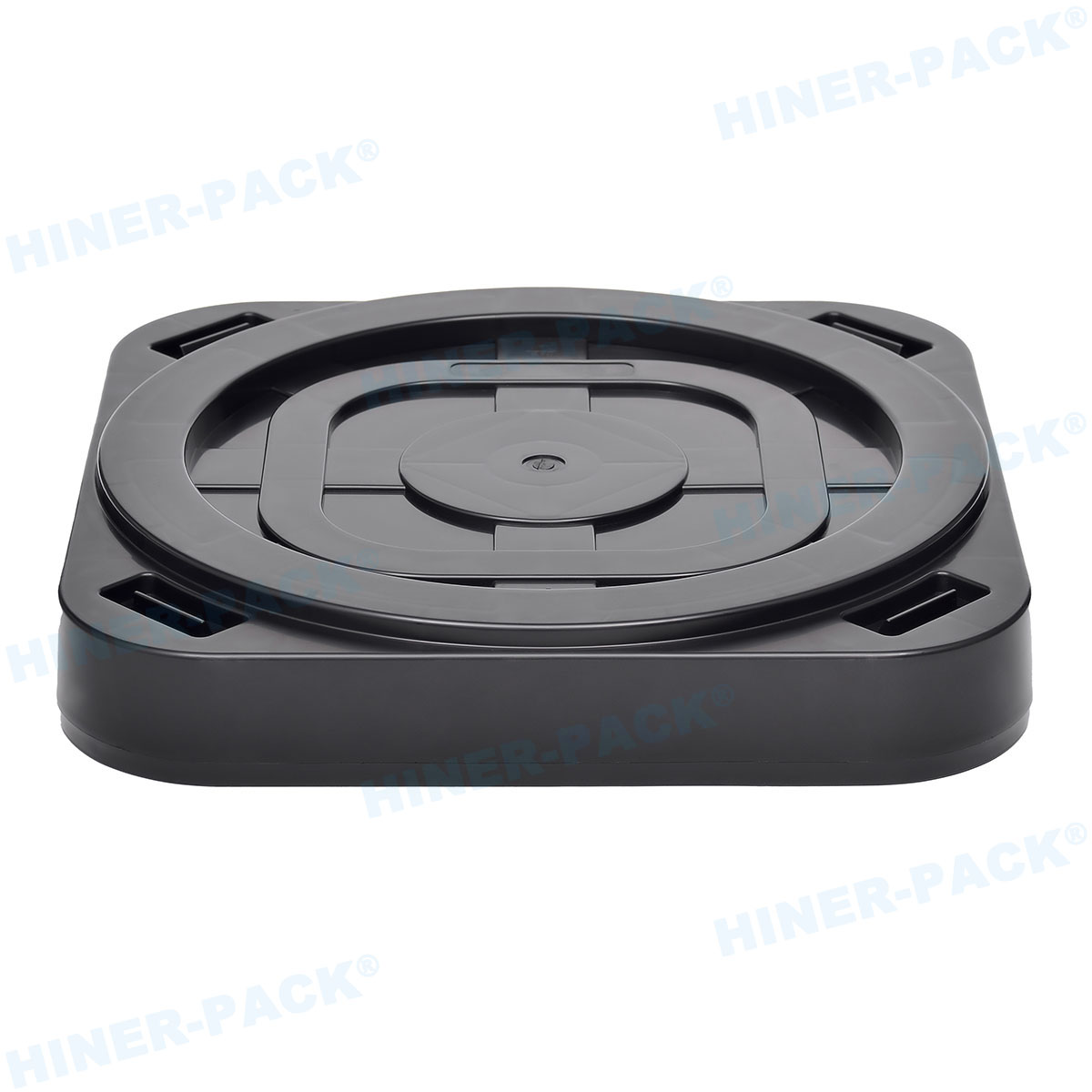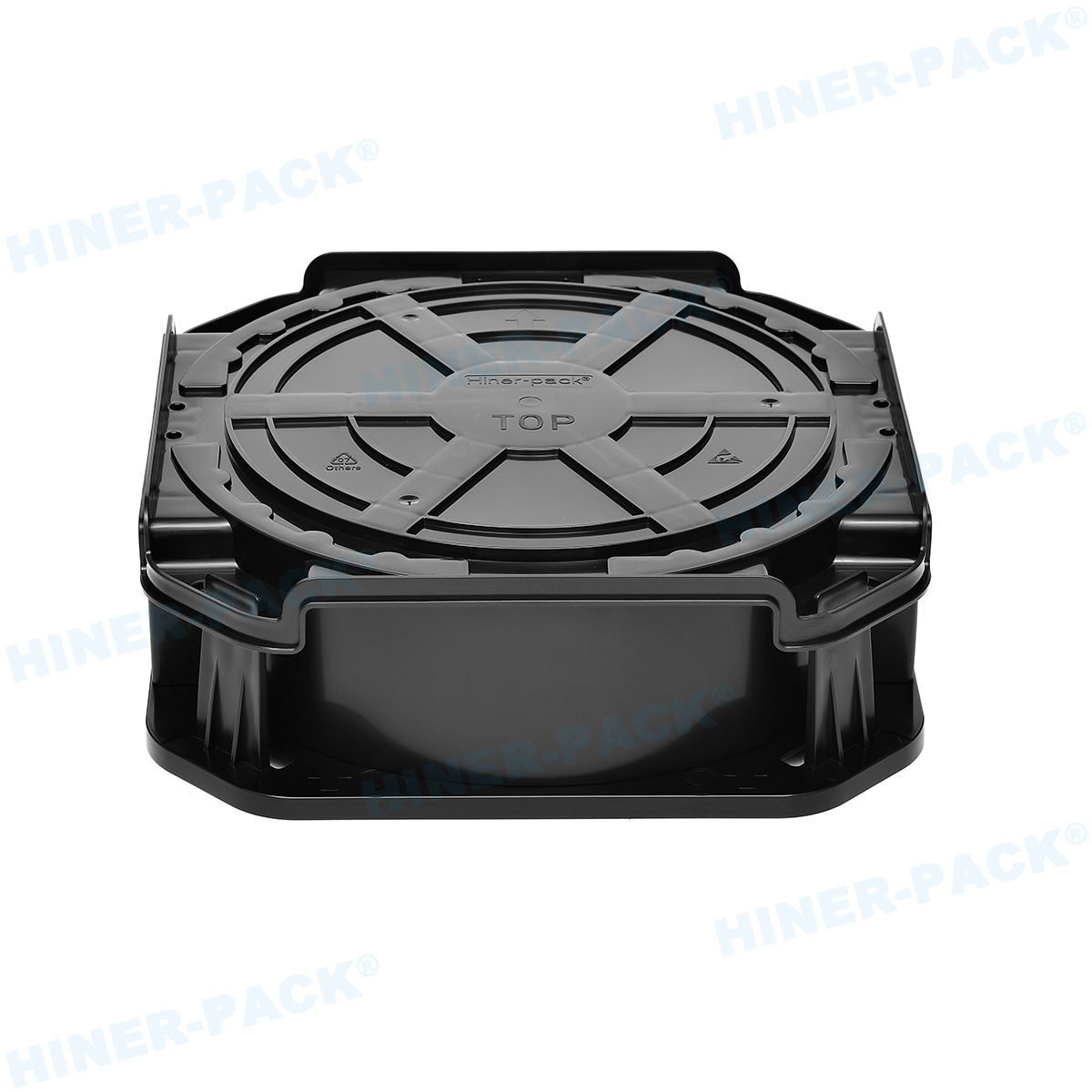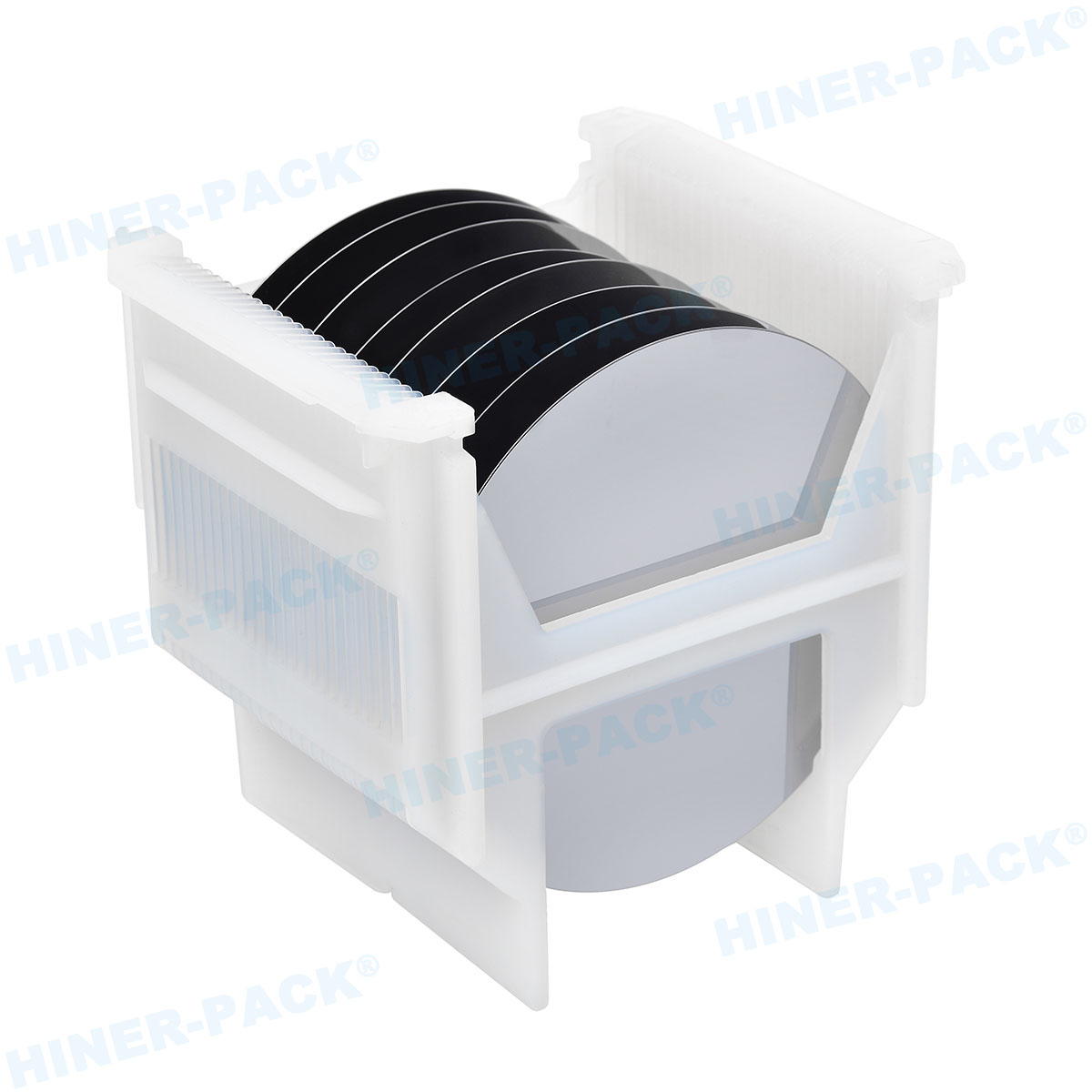In the fast-paced world of semiconductor manufacturing, efficiency and precision are paramount. One critical component that often goes unnoticed but plays a vital role in ensuring the integrity of silicon wafers is the cassette semiconductor. This essential tool, used for storing, transporting, and handling wafers in fabrication facilities (fabs), directly impacts yield, contamination control, and overall operational efficiency. As the demand for advanced chips grows, understanding how to choose and apply cassette semiconductors becomes crucial for industry professionals. This article delves into the intricacies of cassette semiconductors, covering key aspects such as custom solutions, the rising influence of China, availability for purchase, and leading manufacturers. By providing a comprehensive overview, we aim to help you make informed decisions that enhance your wafer handling processes, whether you're involved in R&D, production, or supply chain management.
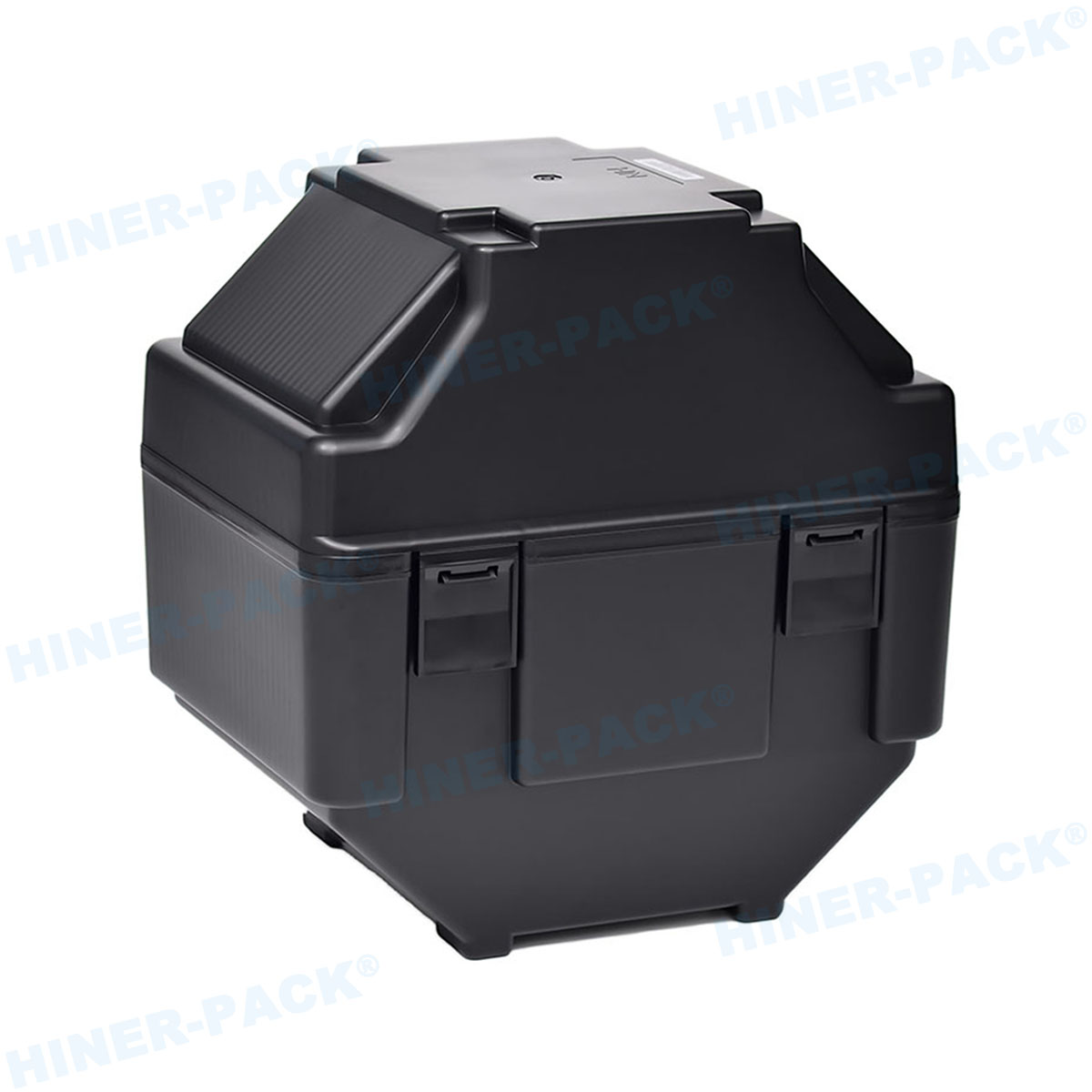
What is a Cassette Semiconductor?
A cassette semiconductor, commonly referred to as a wafer cassette or pod, is a specialized container designed to hold and protect silicon wafers during various stages of semiconductor manufacturing. These cassettes are typically made from high-purity materials like polycarbonate or stainless steel to minimize particulate contamination and electrostatic discharge. In modern fabs, cassette semiconductors are integral to automated material handling systems, ensuring wafers move seamlessly between processes such as lithography, etching, and deposition. The design often includes features like precise slot spacing and RFID tagging for tracking, which helps maintain wafer orientation and reduce damage. As semiconductor nodes shrink to 5nm and below, the role of cassette semiconductors becomes even more critical, as even minor contaminants can lead to significant yield losses. Understanding this foundational element is the first step toward optimizing your semiconductor operations.
Types of Cassette Semiconductors and Their Applications
Cassette semiconductors come in various forms to cater to different wafer sizes and fab requirements. Standard types include Front-Opening Unified Pods (FOUPs), which are used for 300mm wafers in advanced nodes, and Standard Mechanical Interface (SMIF) pods for smaller wafers. FOUPs, for instance, feature a front-opening design that allows for automated handling in cleanrooms, reducing human intervention and contamination risks. Another variant is the open cassette, often used in older or less automated setups, but it requires careful manual handling. Applications span across the entire semiconductor lifecycle: in front-end fabrication, cassette semiconductors protect wafers during high-temperature processes, while in back-end testing, they facilitate efficient sorting and packaging. For memory or logic chip production, these cassettes ensure that wafers remain aligned and free from defects, directly influencing device performance. By selecting the right type, fabs can achieve higher throughput and lower defect rates, making cassette semiconductors a cornerstone of modern semiconductor manufacturing.
Key Factors in Choosing the Right Cassette Semiconductor
Selecting the appropriate cassette semiconductor involves evaluating several factors to match your specific operational needs. First, consider material compatibility: cassettes must be made from materials that resist outgassing and chemical reactions, especially in harsh fab environments. For instance, in processes involving aggressive chemicals, a cassette semiconductor with a coated interior may be necessary. Second, assess the cassette's capacity and dimensions relative to your wafer size—common sizes include 200mm, 300mm, and emerging 450mm standards. Automation compatibility is another critical aspect; ensure the cassette integrates with your robotic handling systems to avoid downtime. Additionally, look for features like anti-static properties and contamination control, which are vital for maintaining yield in high-volume production. When exploring a custom cassette semiconductor, discuss your unique requirements with manufacturers to tailor solutions for specialized applications, such as those involving extreme temperatures or unique wafer geometries. This proactive approach helps in minimizing risks and maximizing efficiency in your semiconductor operations.
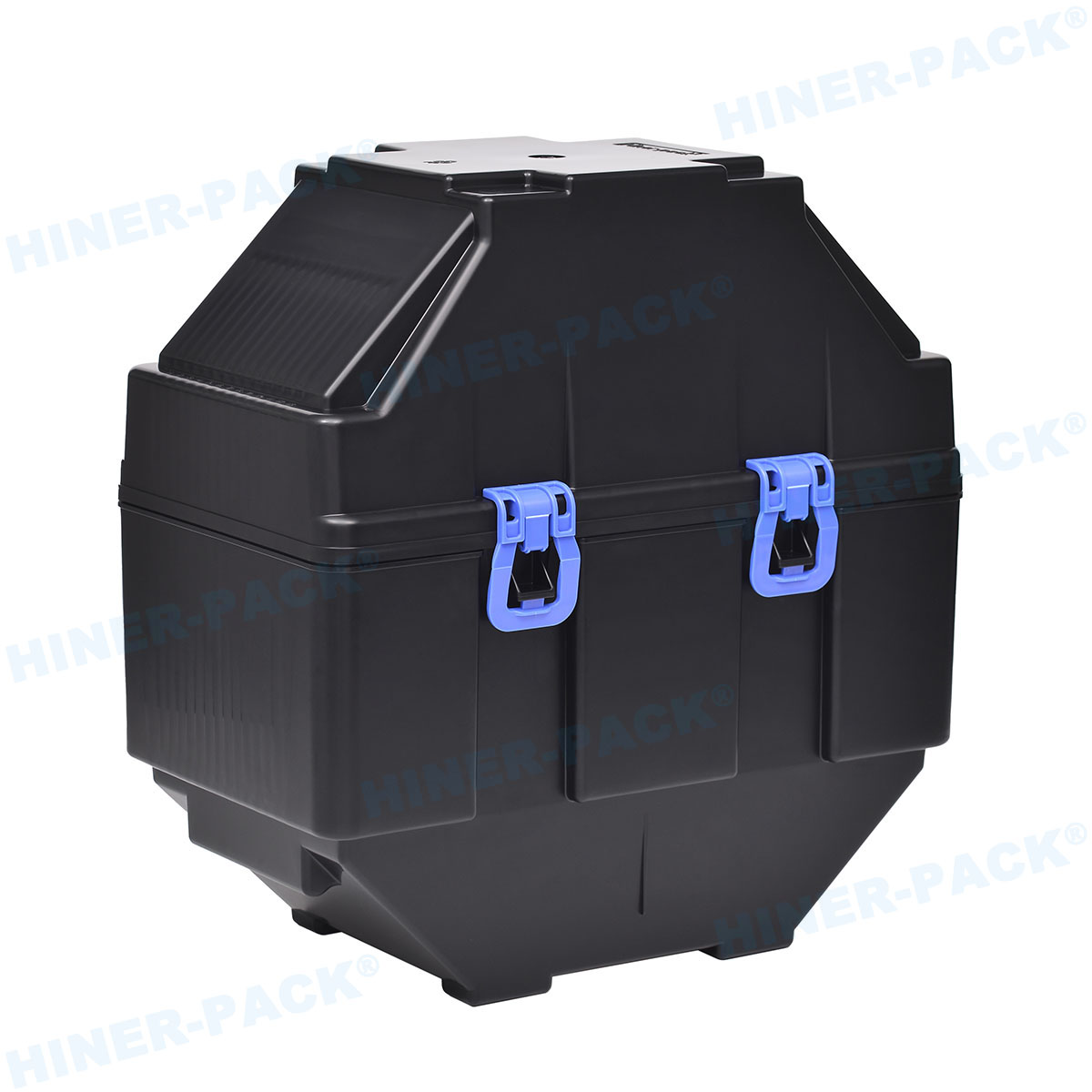
The Growing Role of China in Cassette Semiconductor Manufacturing
China has emerged as a significant player in the global semiconductor supply chain, including the production of cassette semiconductors. Driven by government initiatives like "Made in China 2025" and substantial investments in domestic fabs, China cassette semiconductor offerings have expanded rapidly. Chinese manufacturers are now capable of producing high-quality, cost-effective cassettes that meet international standards, often leveraging local expertise in materials science and automation. This growth is reshaping global markets, as companies worldwide turn to China for reliable and affordable solutions. However, it's essential to consider factors such as intellectual property protection and supply chain resilience when sourcing from this region. By understanding the dynamics of China cassette semiconductor production, you can tap into competitive advantages while mitigating potential risks, ensuring a steady supply for your wafer handling needs.
Where to Find Cassette Semiconductors for Sale
Finding a cassette semiconductor for sale involves navigating a diverse marketplace, from specialized distributors to direct manufacturer channels. Online platforms and industry trade shows are excellent starting points, offering a wide range of options for various budgets and specifications. When searching for a cassette semiconductor for sale, prioritize suppliers who provide detailed specifications, including material grades, compatibility certifications, and lead times. It's also advisable to request samples for testing in your fab environment to verify performance. Many global and regional suppliers list their products with clear pricing and availability, making it easier to compare options. Additionally, consider partnering with distributors who offer value-added services like customization and logistics support. By thoroughly vetting sources for cassette semiconductor for sale, you can secure reliable components that align with your production schedules and quality standards.
Leading Cassette Semiconductor Manufacturers Worldwide
The cassette semiconductor manufacturer landscape is dominated by both established giants and innovative newcomers. Companies like Entegris, Inc. and Shin-Etsu Polymer are renowned for their high-precision cassettes that adhere to strict industry standards. These cassette semiconductor manufacturer entities often invest heavily in R&D to develop advanced materials and designs, such as low-particulate generation and enhanced durability. In Asia, firms like Mirae Corporation and China-based players have gained traction by offering competitive pricing and rapid delivery. When evaluating a cassette semiconductor manufacturer, assess their track record in quality control, certifications (e.g., ISO 14644 for cleanrooms), and customer support. Collaborating with a reputable cassette semiconductor manufacturer ensures that you receive products that enhance your fab's reliability and efficiency, while also providing access to technical expertise for ongoing improvements.
Custom Cassette Semiconductor Solutions for Specialized Needs
In many cases, off-the-shelf cassette semiconductors may not suffice for unique applications, leading to the demand for custom cassette semiconductor solutions. A custom cassette semiconductor can be tailored to specific wafer types, environmental conditions, or automation interfaces. For example, in research labs dealing with novel materials, a custom cassette semiconductor might feature modified slot designs or specialized coatings to prevent contamination. The process typically involves close collaboration with manufacturers to define parameters such as dimensions, material composition, and integration features. This approach allows fabs to address challenges like space constraints or high-throughput demands effectively. By investing in a custom cassette semiconductor, you can achieve higher levels of precision and efficiency, ultimately driving innovation in your semiconductor projects.
Best Practices for Implementing Cassette Semiconductors in Your Fab
Successful implementation of cassette semiconductors requires a strategic approach to integration and maintenance. Start by conducting a thorough audit of your current wafer handling processes to identify gaps where cassette semiconductors can add value. Train staff on proper handling techniques to prevent damage, and establish regular cleaning and inspection schedules to maintain cassette integrity. It's also beneficial to leverage data from cassette tracking systems to monitor usage patterns and predict maintenance needs. When deploying new cassette semiconductors, run pilot tests to validate performance in real-world conditions. By following these best practices, you can extend the lifespan of your cassettes, reduce downtime, and improve overall fab productivity, ensuring that your investment in cassette semiconductors delivers long-term benefits.
Future Trends in Cassette Semiconductor Technology
The cassette semiconductor industry is evolving rapidly, with trends pointing toward smarter, more sustainable solutions. Innovations such as IoT-enabled cassettes with embedded sensors for real-time monitoring of temperature and humidity are gaining traction, enabling predictive maintenance and reducing wafer loss. Additionally, there is a growing emphasis on eco-friendly materials and recycling programs to minimize environmental impact. As fabs adopt more advanced nodes, expect to see cassette semiconductors designed for smaller wafer geometries and higher automation levels. Keeping abreast of these trends will help you stay competitive and prepared for future shifts in semiconductor manufacturing, ensuring that your cassette semiconductor strategies remain aligned with industry advancements.
Frequently Asked Questions About Cassette Semiconductors
Q1: What is the primary function of a cassette semiconductor in wafer fabrication?
A1: The primary function of a cassette semiconductor is to safely store, transport, and handle silicon wafers during semiconductor manufacturing processes. It protects wafers from contamination, physical damage, and electrostatic discharge, ensuring high yield and efficiency in fabrication facilities.
Q2: How does a custom cassette semiconductor differ from standard versions?
A2: A custom cassette semiconductor is tailored to specific requirements, such as unique wafer sizes, material compatibility, or automation interfaces, whereas standard versions follow generic industry specifications. Custom solutions allow for enhanced performance in specialized applications, such as extreme environments or research settings.
Q3: Why is China becoming a key player in cassette semiconductor production?
A3: China is emerging as a key player due to government support, increased investment in semiconductor infrastructure, and cost-effective manufacturing capabilities. This has led to a rise in high-quality China cassette semiconductor products that compete globally, offering affordable alternatives without compromising on standards.
Q4: Where can I find a reliable cassette semiconductor for sale?
A4: You can find a cassette semiconductor for sale through reputable manufacturers, distributors, online B2B platforms, and industry trade shows. It's important to verify supplier credentials, request samples, and review product specifications to ensure compatibility with your operational needs.
Q5: What should I consider when selecting a cassette semiconductor manufacturer?
A5: When selecting a cassette semiconductor manufacturer, consider factors such as quality certifications, experience in the industry, material expertise, customer support, and ability to provide custom solutions. A reliable manufacturer should offer products that meet international standards and demonstrate a commitment to innovation and sustainability.



